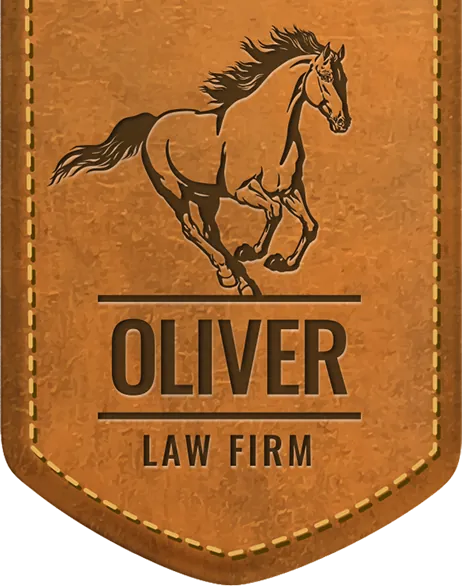The Book:
Grief and Loss: Identifying and Proving Damages in Wrongful Death Cases by Robert T. Hall and Mila Ruiz Tecala is published by Trial Guides. Almost every experience I’ve had with a Trial Guides book has been very positive. But, this was one of the more disappointing books I’ve ran across. I think a large part of my disappointment was based on my expectations going in. I was prepared for specific and practical tips on how to prove wrongful death damages. That is not what this book is. This book is more of a guide to understand the grieving process. Beyond that, this was one of those books that could have been half the length it actually is.
Grief and Loss does a very good job dispelling the prior misconceptions about grieving. Everyone has heard of the “stages of grief” that people are supposed to go through. Typically, these stages are talked about like a specific sequence that must occur for someone to get through grief. This is not how grief actually works. In order for a person to grieve, they must complete specific “tasks” as this book calls them, but they are not sequential and do not take a set amount of time. However, these tasks can stretch out too long; sometimes several years. In that case, the person enters what the book terms as “complicated grief” where they are not able to naturally and healthily process their loss. People in complicated grief often need professional guidance through some sort of counseling to help them move on.
Another valuable lesson from the book was how the reactions of the living can sometimes be opposite of what outside observers would expect. For example, a grieving widow could be angry at her husband for dying because she now feels abandoned and alone. Without knowing that this is a natural and normal reaction, it can be easy to judge those who are grieving if they have reactions like this. Additionally, there are all sorts of unseen and immeasurable losses that grieving people experience that they may not even realize they are experiencing. If a person loses their only child, they are no longer a parent. They have experienced an “identity loss” where people always saw them as their child’s parent now they must figure out who they are outside of that identity. These types of losses change from situation to situation and have to be dealt with head-on for a person to be able to properly grieve.
But as I said at the beginning, I was not a fan of this book overall. If the title had been “understanding the grieving process” or something similar, I may have had the appropriate expectations when I started reading it. There are very short sections at the end of each chapter called “practical considerations” which is where the “proving the damages” portion is supposed to come in. But these sections are often little more than a summation of the chapter with an occasional example of how a story that would communicate the chapter to the jury. Finally, the chapters seemed extremely repetitive to me. The book could have been condensed down tremendously. Much of the “what to watch for” information was the same through the different types of grief. It almost seemed like the authors were trying to stretch out half of a book into a whole book to set up a sequel that would go into more depth on showing these things in court.
Application:
Even though I wasn’t a fan of this book, that is not to say it won’t make me a better lawyer. On the contrary, I do firmly believe that I have a better understanding of the grieving process than I had before. This understanding will help me be able to relate to the grieving clients that we represent. I actually have a better understanding for why grieving people that I’m around behave the way that they do. In particular, I’ll be more watchful for clients suffering from complicated grief. A wrongful death case alters the grieving process. To start, the death was something that was avoidable and other people’s actions are at fault. That starts the grieving process off on a bad foot. Then, the process of trial drags out the timeline for grieving and makes the grieved family members constantly obsess or think about their loss. In particularly contentious litigation this could make grieved family members behave irrationally or hope for vindication through the lawsuit instead of the reparation it is designed for. Knowing this going in will help me be able to advise clients on what to prepare for emotionally and possibly open the door to discussions of the clients receiving professional help to walk through the grieving process.
In the end, I think the most valuable part of the book may be the DVD that accompanies it. I have not had a chance to review all of the materials on the DVD yet, but it contains example closing arguments and much more practical material that can apply to practice as a lawyer. Hopefully the DVD will make up for what the book left out.
Conclusion:
Grief and Loss is a very good look into how the grieving process works. It is not a directly applicable book of advice for how to explain these losses to a jury. As long as a reader goes into the book expecting this, and is prepared for a little bit of repetitiveness, the book can be helpful to anyone who deals with grieving people on a regular basis. I’ll keep an eye out for a sequel.
NOTE: Oliver Law Firm has a reading program and an office library full of many great books. Our mission is to inspire, train, and mentor our work family to improve ourselves and client services.
Oliver Law Firm, 3606 W. Southern Hills Blvd., Suite 200, Rogers, AR 72758.
a Free Consultation



